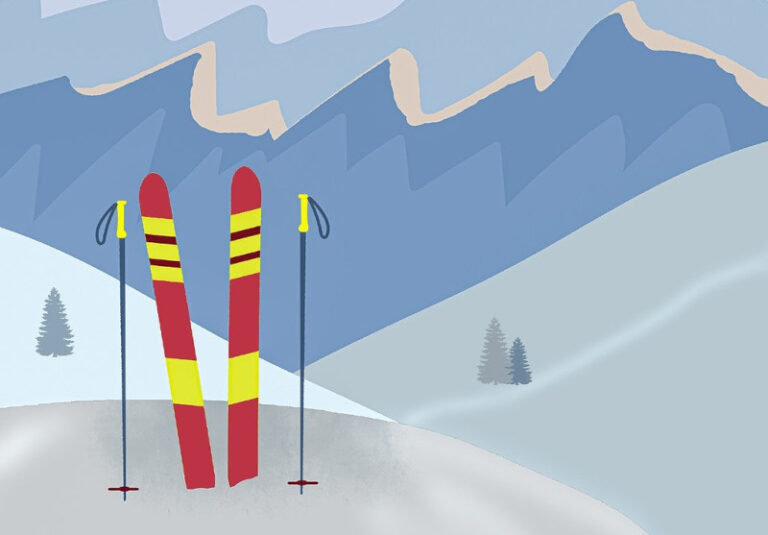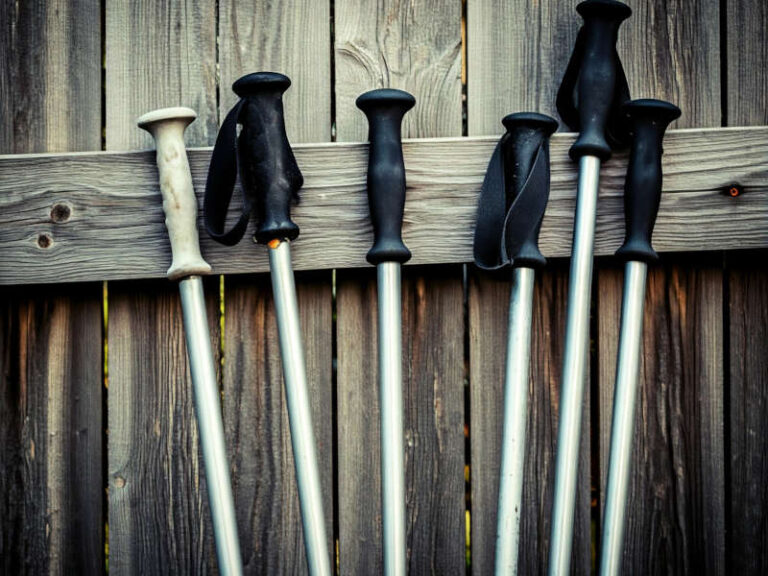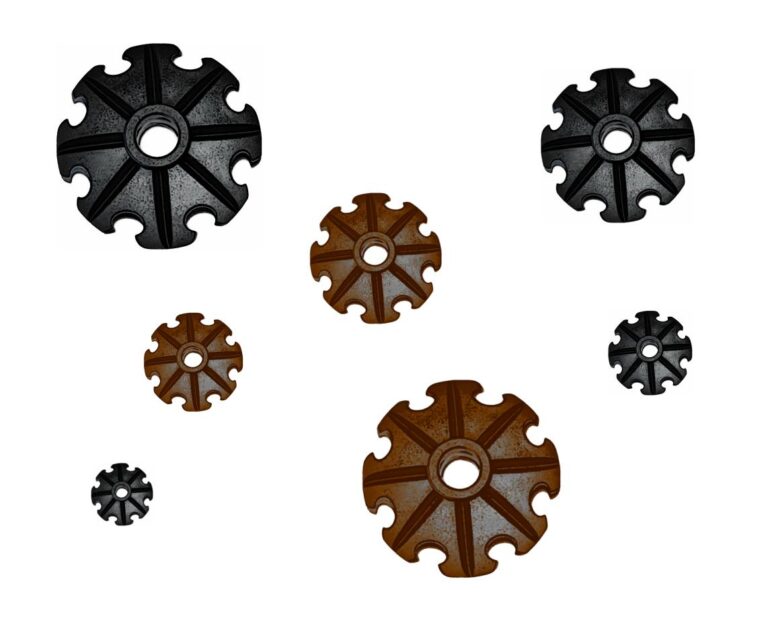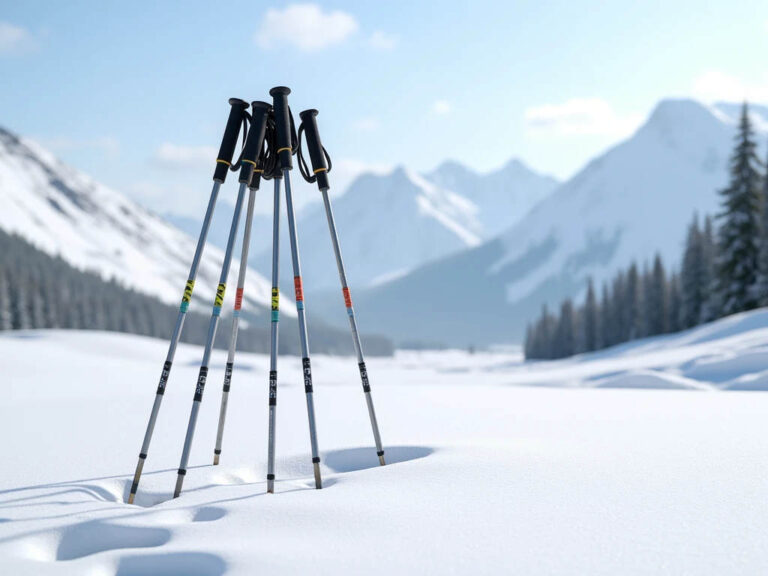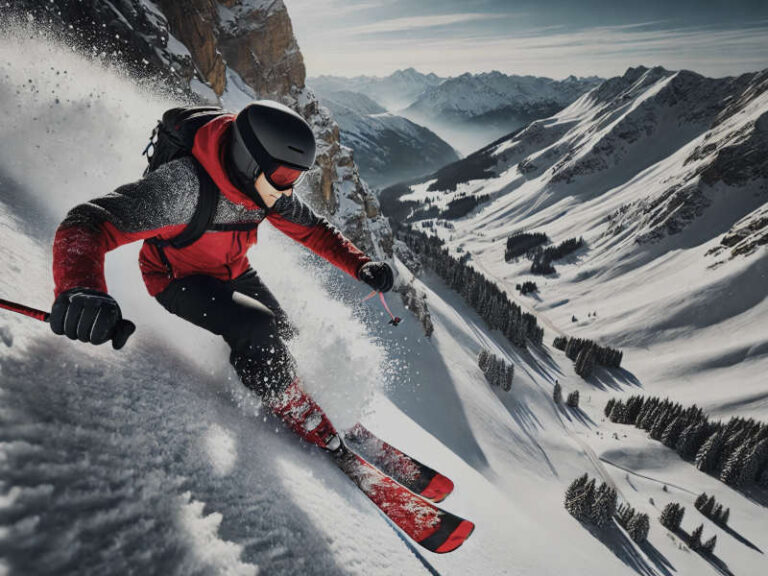How to Prepare for Skiing Steep Terrain Safely
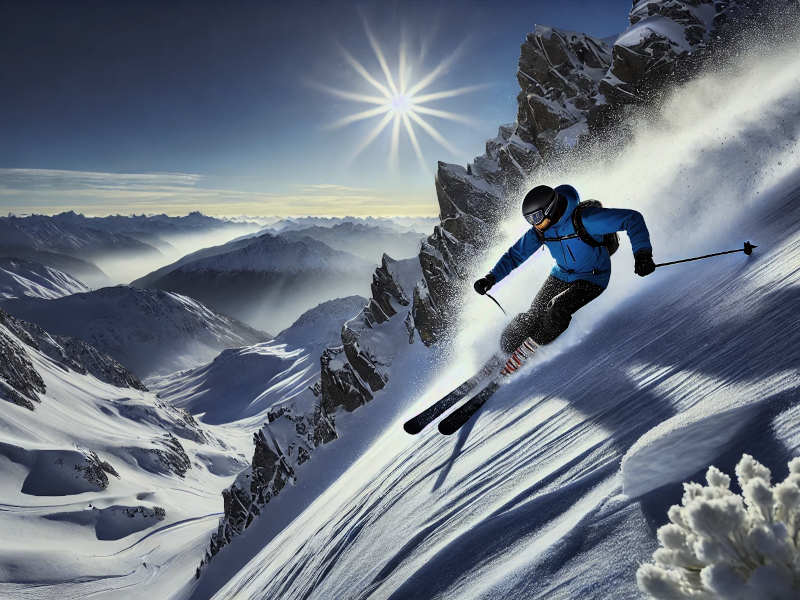
Skiing steep terrain is one of the most thrilling challenges for intermediate and advanced skiers. It offers a rush of adrenaline, breathtaking views, and the satisfaction of pushing your limits. However, skiing steeps safely requires skill, preparation, and practice. This guide provides practical advice and some answers to common questions about skiing steep slopes. Whether you’re ready to tackle black diamonds or just curious about building the confidence to handle steeper terrain, we’ve got you covered.
What Slope is Considered Steep for Skiing?
A slope with a gradient of 30 degrees or more is generally considered steep in skiing. For reference:
- Green runs typically have a gradient of 6-25%.
- Blue runs range from 25-40%.
- Black runs often exceed 40% and can include sections over 45 degrees.
Extreme terrain, like those found in back-country skiing or ski mountaineering, can have gradients of 50 degrees or higher. These require advanced skills and gear.
How Do I Get Better at Steep Skiing?
Improving on steeps involves a mix of practice, confidence-building, and technical know-how. Focus on:
- Developing strong fundamentals like edge control and balance.
- Practicing deliberate drills on moderately steep runs before advancing.
- Mastering stopping techniques like hockey stops to control speed.
- Building physical strength and flexibility for better control.
Remember, confidence grows with consistent practice in progressively challenging conditions.
What to Practice to Be Good at Skiing Steep Slopes
To ski steeps effectively, focus on these core techniques:
1. Edge Control
Use your ski edges to grip the snow, especially when turning or stopping. Practice side-slipping to improve your ability to control descent.
2. Pole Plants
A well-timed pole plant helps initiate turns and stabilizes your upper body. Practice planting poles slightly downhill before each turn.
3. Balanced Stance
Stay centered over your skis with your knees bent and weight evenly distributed. Avoid leaning back, as this reduces control.
4. Controlled Stops
Learn how to stop confidently, especially using a hockey stop. This technique is essential for regaining control if you pick up too much speed.
Beginner Drills to Build Confidence on Steeper Runs
- Side-Slipping Drill
Start on a moderately steep slope. Face downhill and use your edges to slide sideways down the hill, controlling speed. - Traverse and Turn Drill
Practice traversing the slope (moving across back and forth) before initiating a smooth turn. Focus on edge engagement during the traverse. - Step Turns
On steeper slopes, practice stepping your skis into a turn rather than pivoting. This builds control and confidence. - Speed Control with Short Turns
Link short, controlled turns to keep your speed in check and maintain rhythm.
Exercises and Stretching for Skiing Steep Slopes
Strong legs, core stability, and flexibility make skiing steeps easier. Incorporate these into your routine:
Strength Exercises
- Lunges: Build quad and glute strength for turning power.
- Wall Sits: Mimic the skiing stance to build endurance.
- Single-Leg Deadlifts: Improve balance and core stability.
Stretches
- Hip Flexor Stretch: Keeps your stance open and strong.
- Hamstring Stretch: Helps prevent tightness after skiing.
- Lower Back Stretch: Relieves tension from prolonged skiing.
Gradually Work Your Way to Steeper and Steeper
Start small. Ski runs that challenge you just slightly beyond your comfort zone. Gradually move from intermediate blues to easier blacks. As your confidence builds, you’ll find steeper terrain less intimidating.
How to Slow Yourself Down on a Steep Ski Run
- Control Your Turns
Tighter, more frequent turns naturally slow you down by reducing the time you spend pointing downhill. - Side-Slipping
If you need to stop, angle your skis sideways and use your edges to grip the snow. Once your skies are perpendicular to the slope, lean your body upward to increase edge bite. (like a hockey player stopping on skates)
Six Tips to Make Skiing Steeps Easier
- Look Ahead: Focus on your path downhill rather than fixating on obstacles.
- Stay Relaxed: Tension in your body leads to jerky movements.
- Turn Early: Don’t wait until the last moment to initiate a turn.
- Use Your Core: A strong core helps stabilize your movements.
- Get Lessons: A professional instructor can identify and fix bad habits.
- Visualize Success: Picture yourself skiing the slope with confidence before you begin.
Should I Wear a Backpack When Skiing Steep Slopes?
A backpack can be useful if it’s lightweight and well-fitted. It’s great for carrying essentials like water, snacks, and extra layers. However, avoid overloading it, as heavy backpacks can throw off your balance.
Do I Need Special Skis for the Steeps?
While you don’t need special skis, certain features make skiing steeps easier:
- Shorter Skis: Easier to turn quickly.
- Rockered Tips: Help initiate turns smoothly.
- Stiff Flex: Provides stability at higher speeds and more edge “bite”.
Discuss your goals with a ski shop expert to find the right skis for your ability and the terrain you plan to ski.
Skiing steep terrain safely requires preparation, practice, and patience. Start by understanding what qualifies as steep and develop your skills with drills that focus on edge control, pole plants, and stopping techniques. Build confidence by progressing gradually, practicing on moderately steep runs, and incorporating strength exercises into your routine. On the slopes, use techniques like side-slipping and short turns to manage speed, and always focus on maintaining control.
With time, the right gear, and consistent effort, you’ll master the thrill of skiing steeps and enjoy every exhilarating turn!

by: Ray Pember
Ray is an experienced wordsmith who has dived deep into various niches. With over two decades under his belt, he knows a thing or two about staying afloat in this ever-evolving digital world… read more


